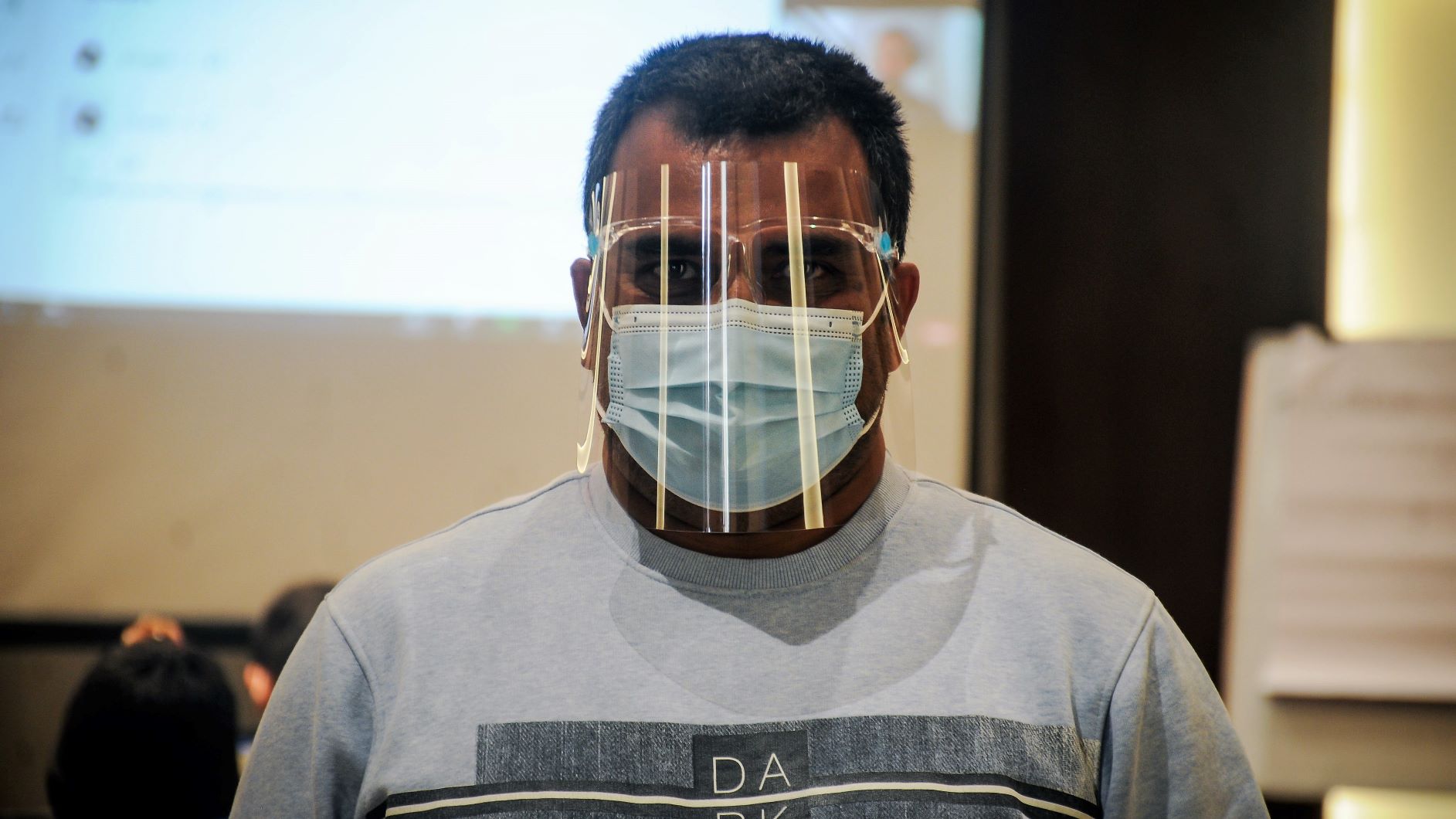
The Sacred Garden: The Maya Devi Temple with the Ashoka Pillar.
I was in Lumbini a week ago to attend a seminar. This was my fourth visit to the Birthplace of Buddha, and there was along gap between this and the third one. And, I felt happy about the difference I saw in Lumbini.
THE SACRED GARDEN
The Sacred Garden is a small area that houses the Mayadevi Temple and the Ashoka Pillar alongside the ruins of old monasteries. The Marker Stone, which pinpoints Buddha’s birth spot, the Nativity Sculpture that shows the birth of Buddha and important old ruins are inside the Mayadevi Temple.
The garden area is now a lot managed with a newly constructed walkway and the praying platforms for the pilgrims. I like the way it’s managed now. Also the Marker Stone that was confined within a small protective box is now covered by a huge glass and clearly visible.
I found the Sacred Garden peaceful and with the views of the monks in mediation within the greenery, it offers a lot of peace to mind – even inner peace for someone. It was so peaceful that I even tried to turn off the shutter-sound of iPad.
A DREAMY HEART
How much happiness and satisfaction can planting a Bodhi tree offer you? I thought not much until I saw a pair of watery eyes and imagined a dreamy heart of the Japanese man during second day of my visit.

A Japanese national plants a tree at Lubini.
The Japanese was third to sign up for Lumbini Development Trust’s special program: Plant a Bodhi Tree. Under a program, for USD 250, you can plant a tree in the Lumbini area and the Trust will take care of the tree. You can track the growth of the tree via computers and the tree will always bear a plate with you name on it.
It didn’t sound a big thing until I saw Mr. Kasai doing the plantation. His eyes were watery and he planted the tree with so much feeling that I couldn’t stop myself from clapping to him.
THE ABANDONED KINGDOM
Tilaurakot was the capital of the Shakya Kingdom where Buddha spent 29 years of his life as Prince Siddartha. It was long ago – but the grandness of the capital is still visible in the ruins at Tilaurakot.
The Lumbini Development Trust has fenced a big area (not enough to cover the whole capital) where there are ruins of the wall and palaces still clearly visible.

The Ruins of Shakya Kingdom: It seems to be a grand city then, but as Buddha said, everything in this world is an illusion – something that always changes.
The place still needs a lot of excavation to find out exactly how it looked like but I could feel the grandness because wherever I walked on the forest area, I could see that there were small pieces of bricks on wherever I step.
Robin Conningham, an archaeologist from University of Durham, who has worked in Lumbini, was fortunately telling us his ideas – and it wasn’t hidden from him that even he was impressed with what he thinks it was.
THE ENORMOUS OFFERING
If you want to offer something to God for fulfilling your wish, what would it be? Can it be enormous? I couldn’t think but people around Lumbini know what exactly will be symbolically enormous.
The statues of elephants!

The Offerings: Elephant Statues at the temple in Tilaurakot.
If you go around Lumbini, everywhere you could see elephant statues. At a temple in Tilaurakot, there were numerous – from huge one to small ones offered to the God for fulfilling the wishes.
THE MOULD OF RAMGRAM
I also went to a place called Ramgram (or Ramagram). What I saw was a fenced mould with a tree on it. What was it? I asked around and luckily Conningham was still around.
“You are standing on the top of a stupa,” he told me. According to the archeologist, the mould actually is a stupa and his geo-physics studies (I gather that it’s a way to find was if there was anything below the surface of the mud), there are quite a lot of structure, looking like monasteries and stupas around the mould.

Ramgram – the mould is believed to hide the Stupa with Buddha’s relic.
The big mould consists of the stupa that many believe consists of the relic of Buddha. After Buddha’s death, his relics were put into eight stupas – seven of them opened by Emperor Ashoka. When he was in Ramgram to open it, the tales say, he was confronted by locals and the Dragon King and he didn’t open it. So it remains as the only undisturbed relic of Buddha.
He pointed out to a barren plot just outside and said: this used to be called an unlucky land because who-so-ever used that land suffered from something bad. They found out that there is a stupa below the surface. The Trust has now bought at least half-a-dozen plots where they found potential structure below the surface.
As many other places connected to Buddha, this to awaits excavation. A little more focus on development of Lumbini could bring fortunes to Nepal in religious tourism and important history to the insight of Buddha’s life to the world.

Most Treasured: The Marker Stone is the stone that pinpoint to the birthplace of Lord Buddha. It was evacuated at exactly the same point that was described by Chinese traveler in sixth century.

